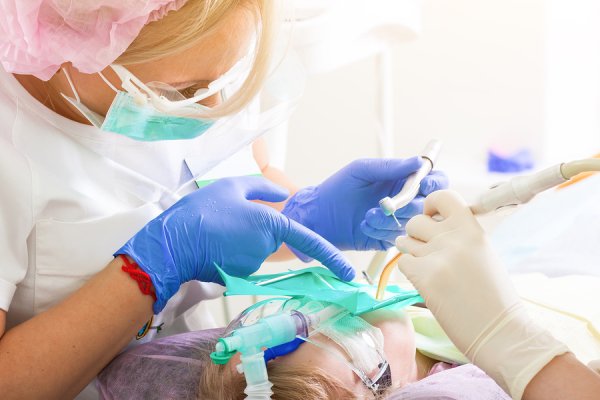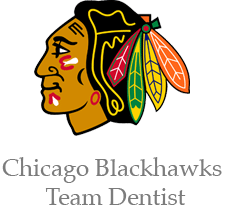
Platelet-rich plasma, or PRP, has been used for many years in medical settings to help patients heal more quickly. Only in recent years, however, has its relevance to dental care become more widely recognized. Here’s what you ought to know about how PRP can help your dentist provide you with better care.
What is platelet-rich plasma?
Platelet-rich plasma is a concentrated part of a patient’s blood that has a high number of platelets. Platelets are the blood cells that are responsible for forming the clots that help a person’s body stop bleeding. Normally, platelets make up only about 6 percent of a person’s blood ; in PRP, the ratio is 94 percent.
Where does PRP come from?
If you’re in need of PRP, your medical provider will use a syringe to take a sample of blood from your arm. Then, a centrifuge is used to separate the platelets from the rest of your blood. The resulting plasma can then be used to treat you.
What do dentists use PRP for?
PRP has many possible applications in dentistry. Most frequently, it is used to promote quicker healing after the extraction of a tooth. It can also be used to speed up the healing process and reduce the patient’s discomfort following oral surgery.
What are the benefits of using PRP in dental procedures?
Since it is taken from the patient’s own blood, there is no transmission risk and a very low risk of infection with PRP. It’s safe, easy to obtain, and helps to lower the likelihood of complications after surgery.
The team at University Associates in Dentistry can respond to all of your oral care needs, ranging from general dentistry to implant dentistry to root canal therapy to orthodontic treatments such as Invisalign. To schedule a free initial consultation at our Chicago office, call (312) 704-5511. We look forward to helping you enjoy a bright and healthy smile!



